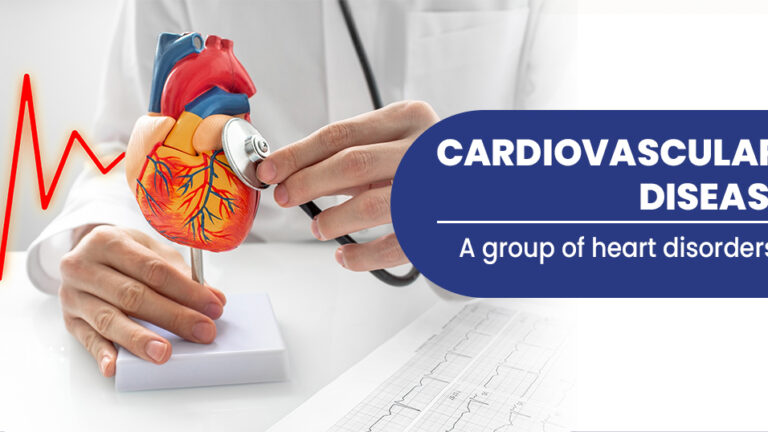A meta-analysis of cohort studies following 469,551 participants found that higher fruit and vegetable intake was associated with a reduced risk of death from cardiovascular disease, with an average risk reduction of 4% for each additional serving of fruit and vegetables per day.
The largest and longest study to date, conducted as part of the Harvard Nurses’ Health Study and a follow-up study of health professionals, included nearly 110,000 men and women. The higher the average daily intake of fruits and vegetables, the lower the likelihood of developing cardiovascular disease.
Although all fruits and vegetables likely contributed to this benefit, green leafy vegetables such as lettuce, spinach, Swiss chard, and mustard greens were most strongly associated with a reduced risk of cardiovascular disease.
When the researchers combined the findings from the Harvard studies with several other long-term studies in the US and Europe and examined coronary heart disease and stroke separately, they found a similar protective effect: Individuals who ate more than 5 servings of fruits and vegetables per day had about a 20% lower risk of coronary heart disease.
Blood pressure
- The Dietary Approaches to Stop Hypertension (DASH) study examined the effect of a diet that was rich in fruits, vegetables, and low-fat dairy products and that limited saturated and total fat on blood pressure.
- In 2014, a meta-analysis of clinical trials and observational studies found that eating a vegetarian diet was associated with lower blood pressure.
Cancer
- For example, over a 14-year period in the Nurses’ Health Study and the Health Professionals Follow-up Study, men and women with the highest intake of fruits and vegetables.
- A meta-analysis of cohort studies found that higher fruit and vegetable intake did not reduce the risk of dying from cancer.
- Farvid and colleagues followed the Nurses’ Health Study II cohort of 90,476 premenopausal women for 22 years and found that those who ate the most fruit during adolescence (about 3 servings per day) compared to those who ate the lowest intake (0 .5 servings per day) had a 25% lower risk of breast cancer.
- Farvid and colleagues followed 90,534 premenopausal women from the Nurses’ Health Study II over 20 years and found that higher fiber intake during adolescence and early adulthood was associated with When comparing the highest and lowest intakes of fiber from fruits and vegetables, women with the highest intakes of fruit fiber had a 12% reduced risk of breast cancer; those with the highest intake of plant fiber had an 11% reduced risk.
- After 30 years of following 182,145 women in the Nurses’ Health Study I and II, Farvid’s team also found that women who ate more than 5.5 servings of fruits and vegetables each day (especially cruciferous and yellow/orange vegetables) had an 11 % lower risk. Vegetable intake was strongly associated with a 15% lower risk of estrogen-receptor-negative tumors for every two additional servings of vegetables eaten per day.
cabbage, as well as garlic, onions, and the like — and fruit “probably” protect against several types of cancers, including cancers of the mouth, throat, voice box, esophagus, and stomach.
check this web- click here









